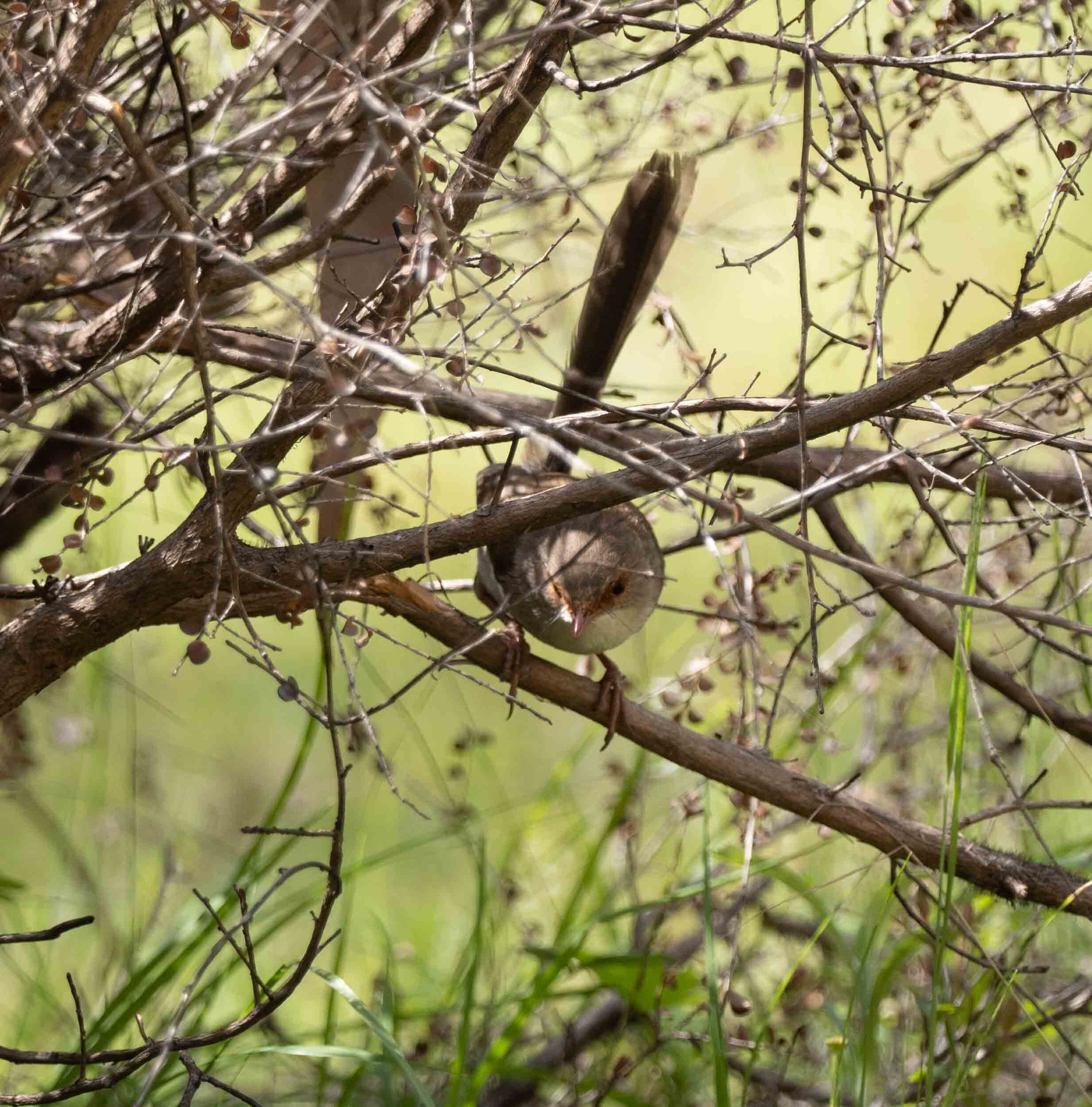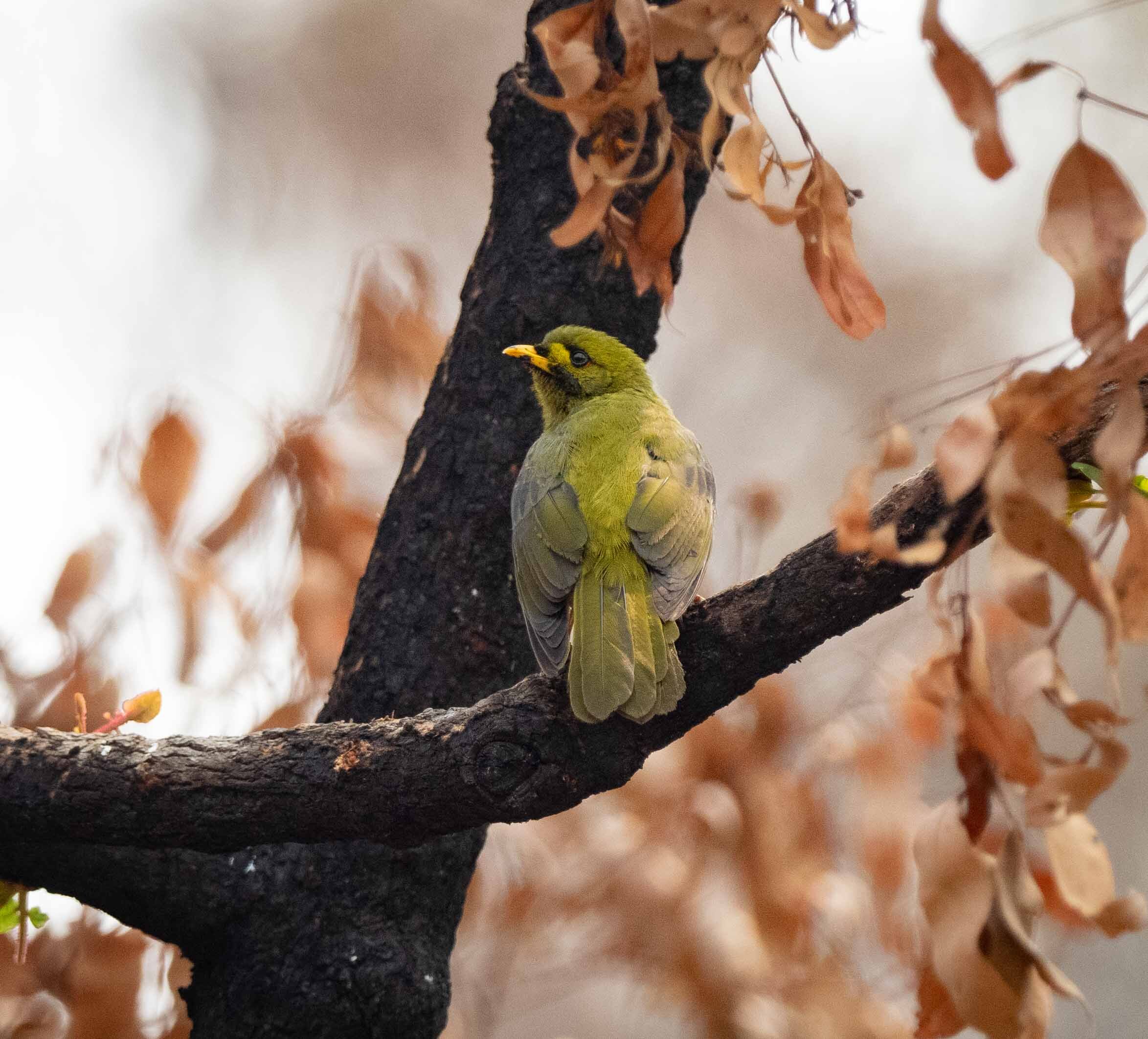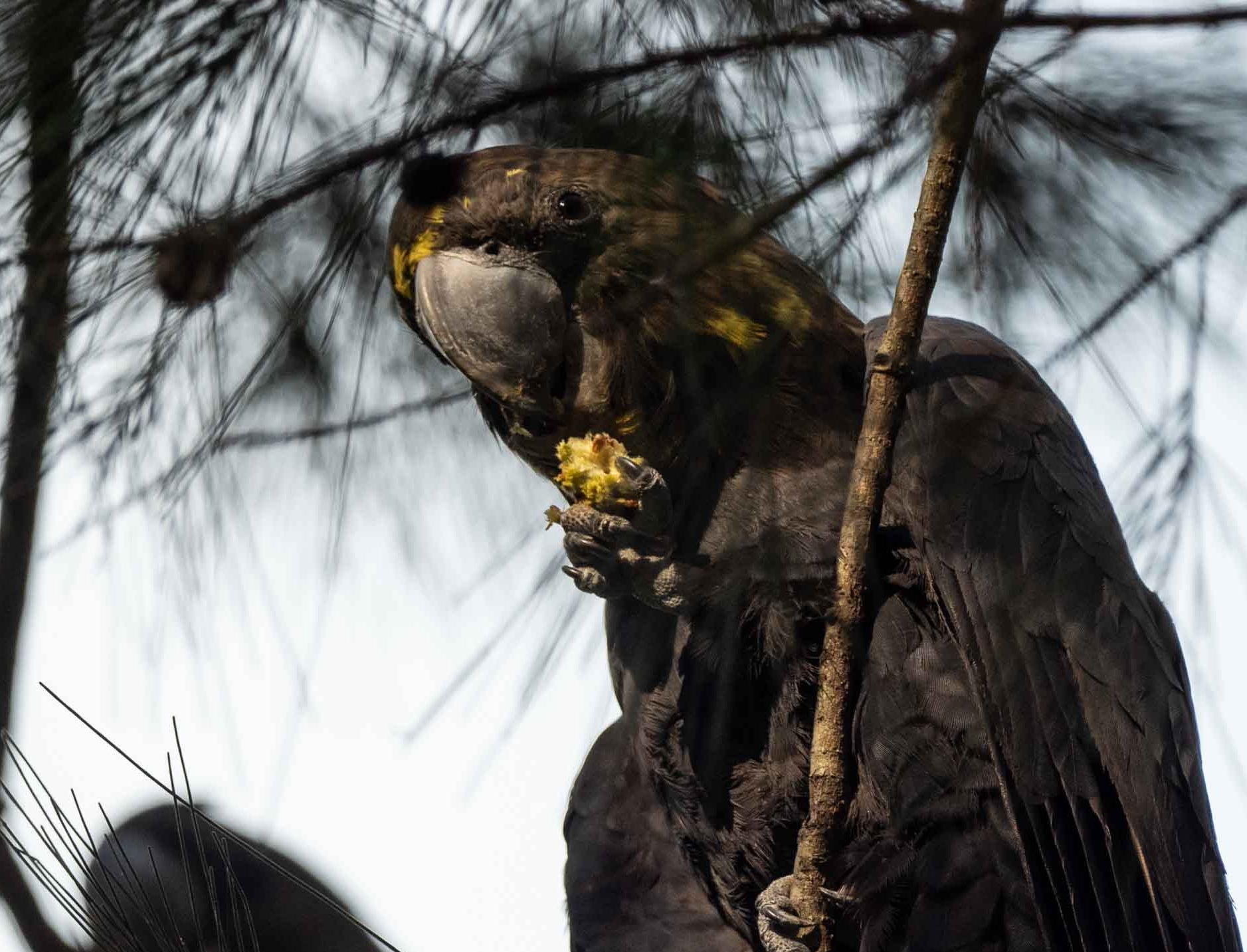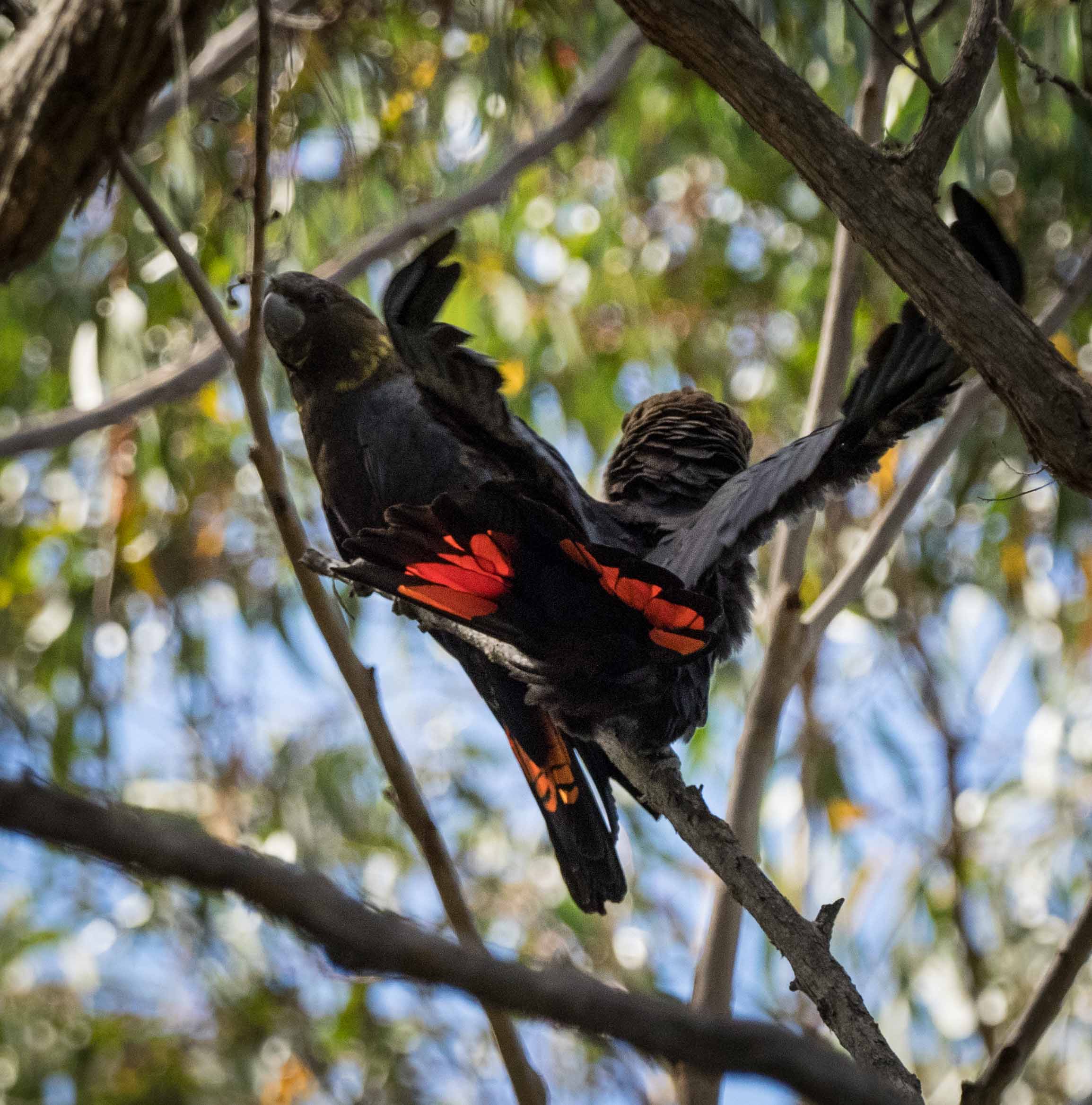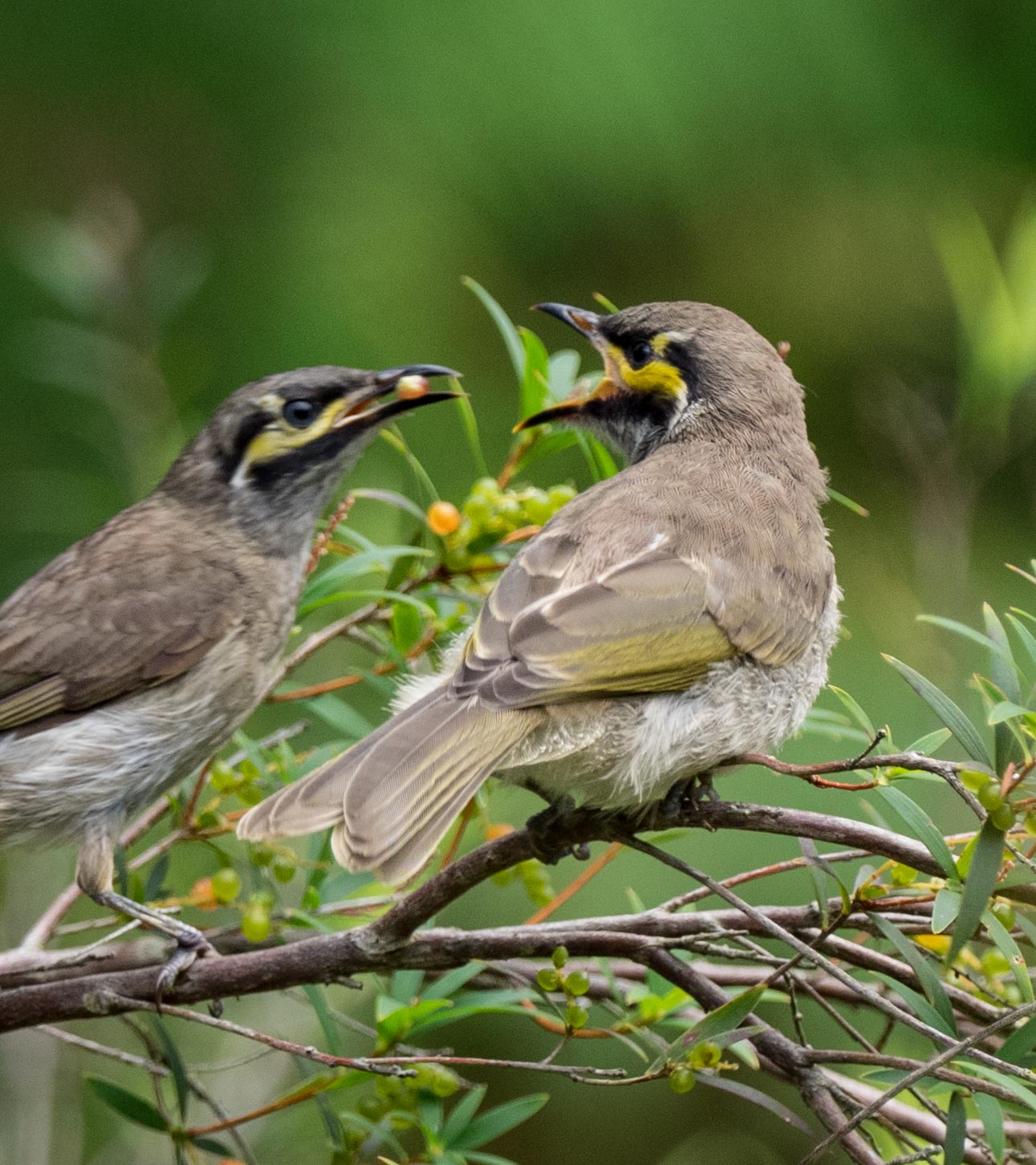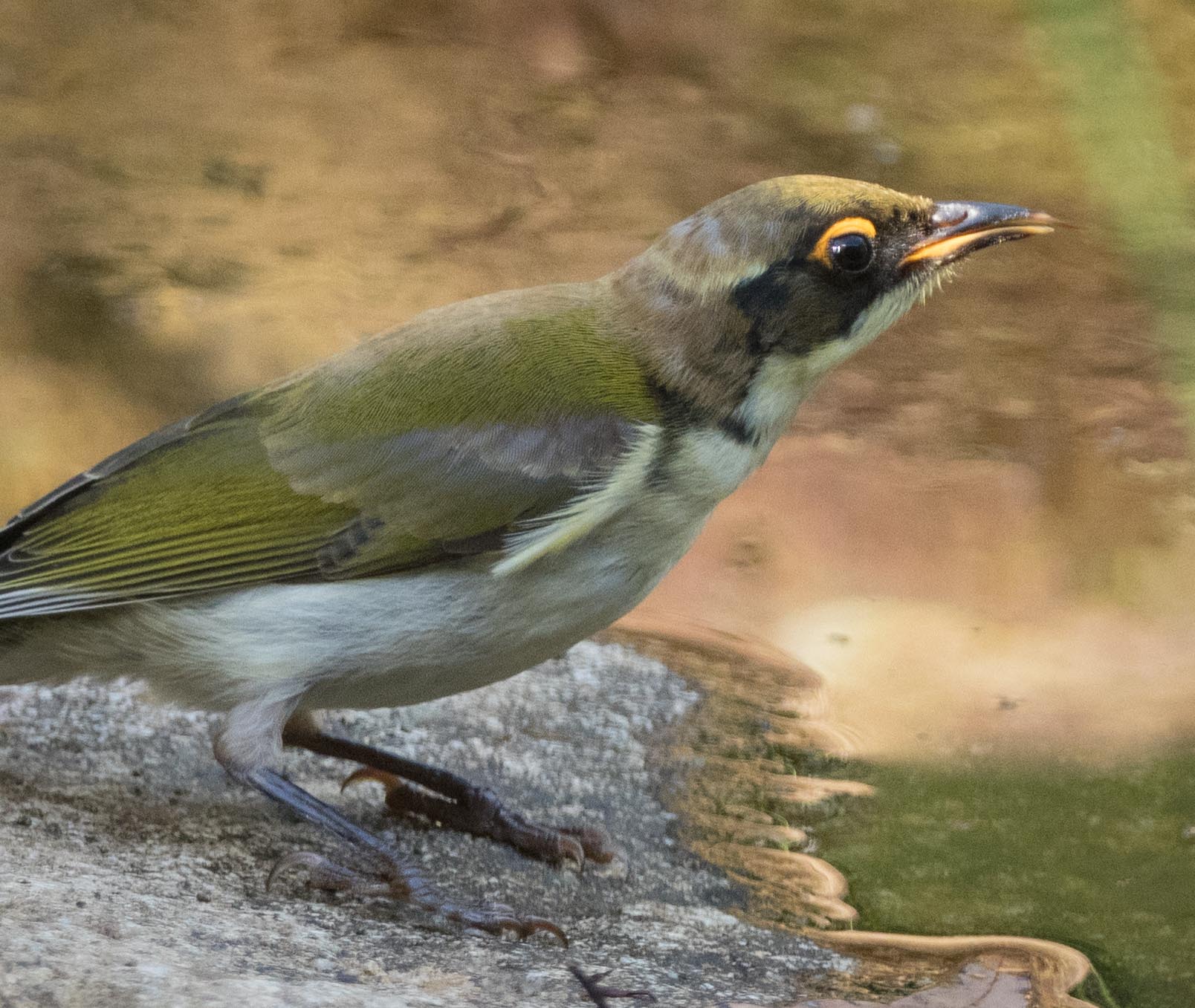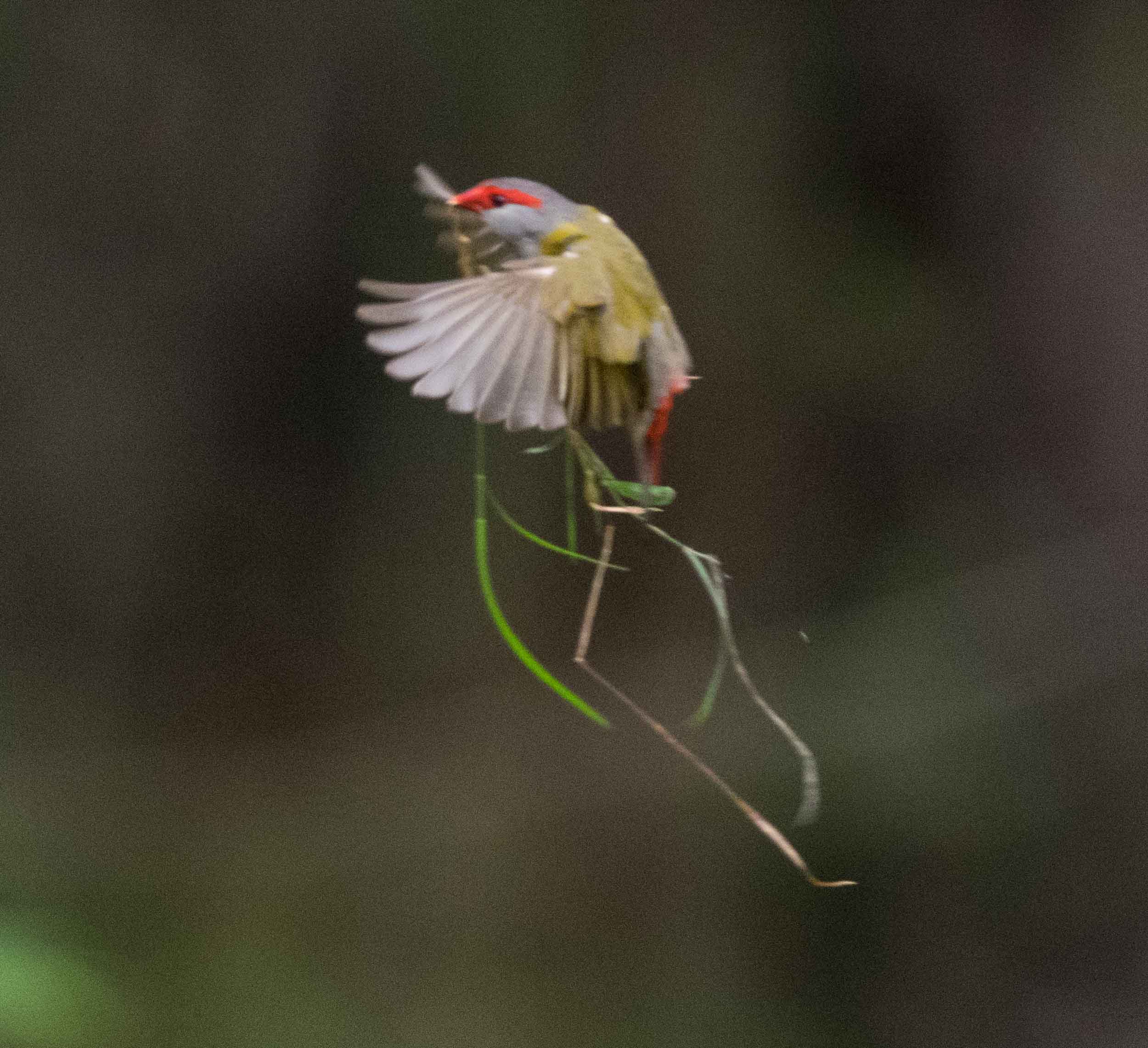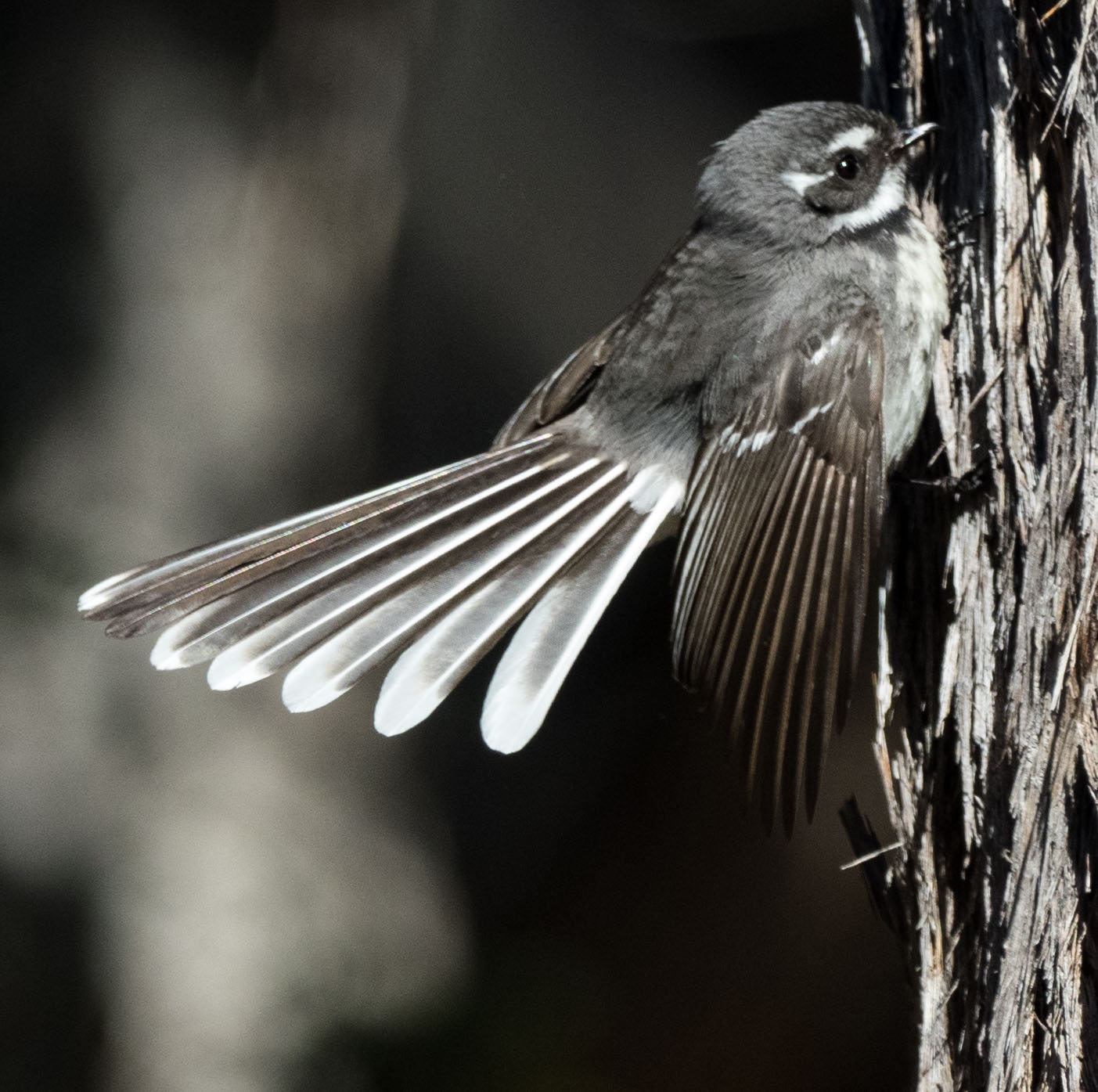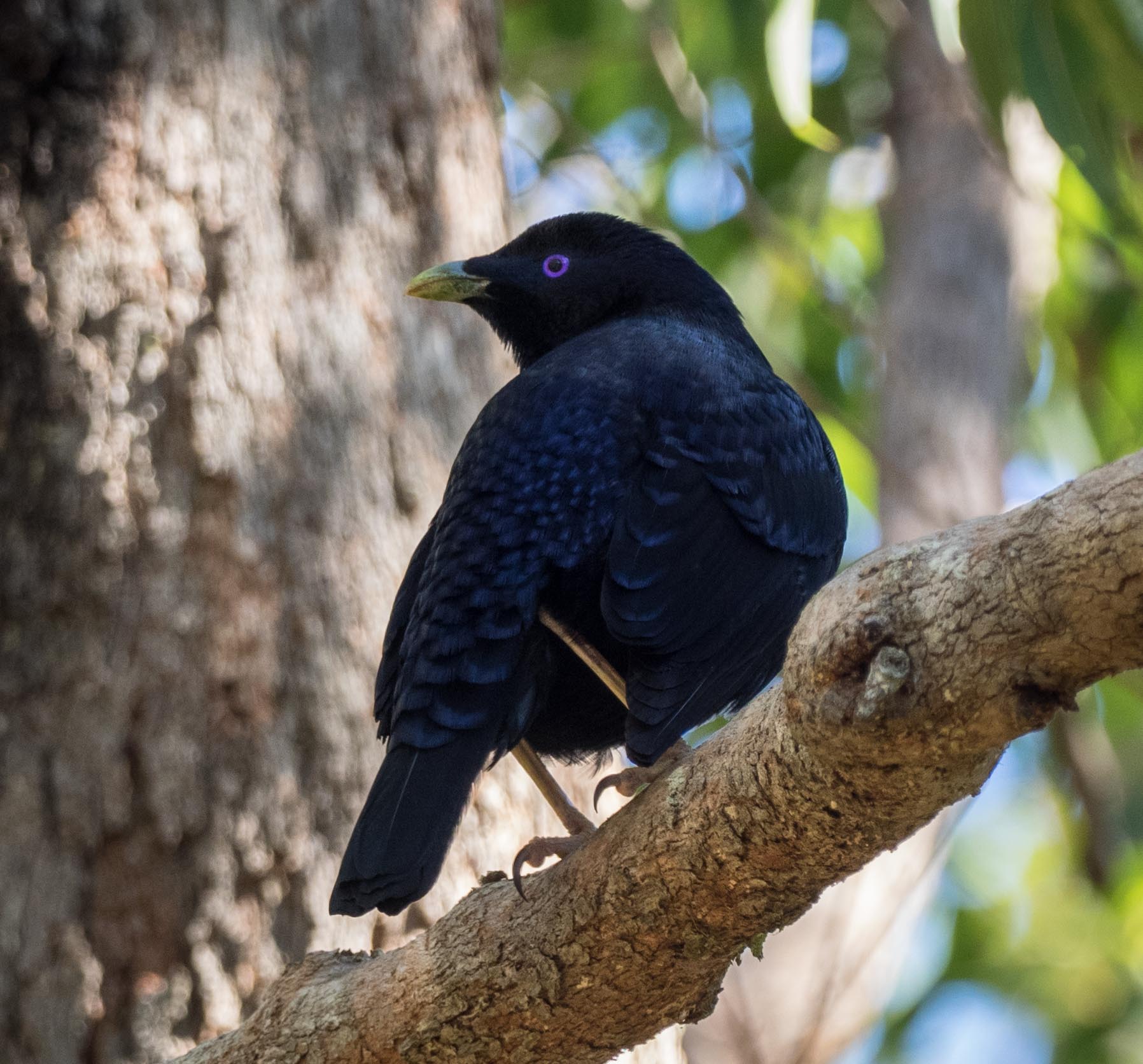Spotted Pardalote nesting
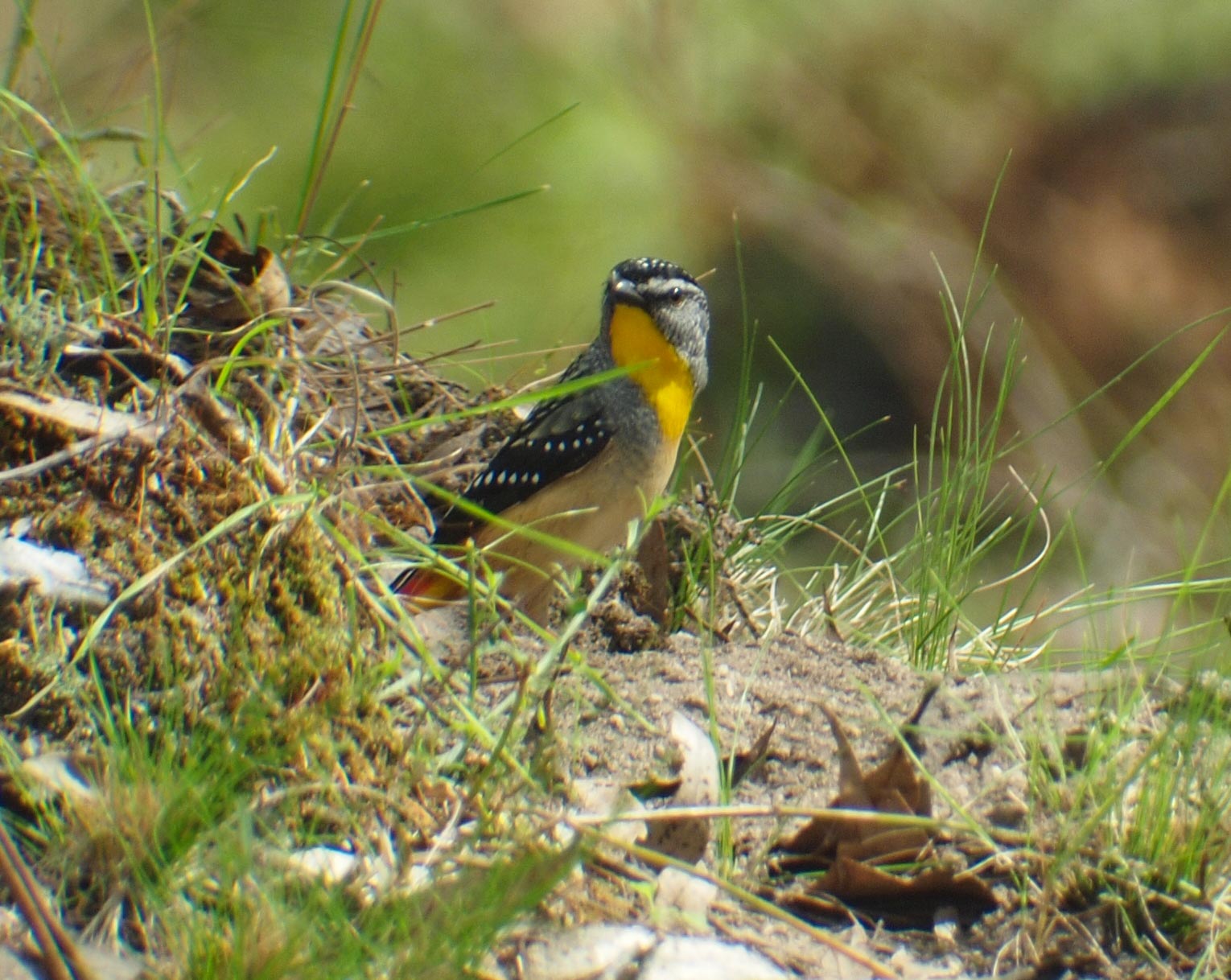
Spotted Pardalotes (Pardalotus punctatus) are found on the block at all times of the year, except for mid winter. They are a small bird and spend much of their time gleaning lerps and insects in the crowns of the tallest eucalypts and so they often go unnoticed. However, we can always tell when they are around from their loud, repeated calling.
Pardalotes have an unusual nesting behaviour: they excavate a burrow into an earthen bank and build a nest dome at the end, lined with woven grass. The male and female birds share nest building and incubation duties.
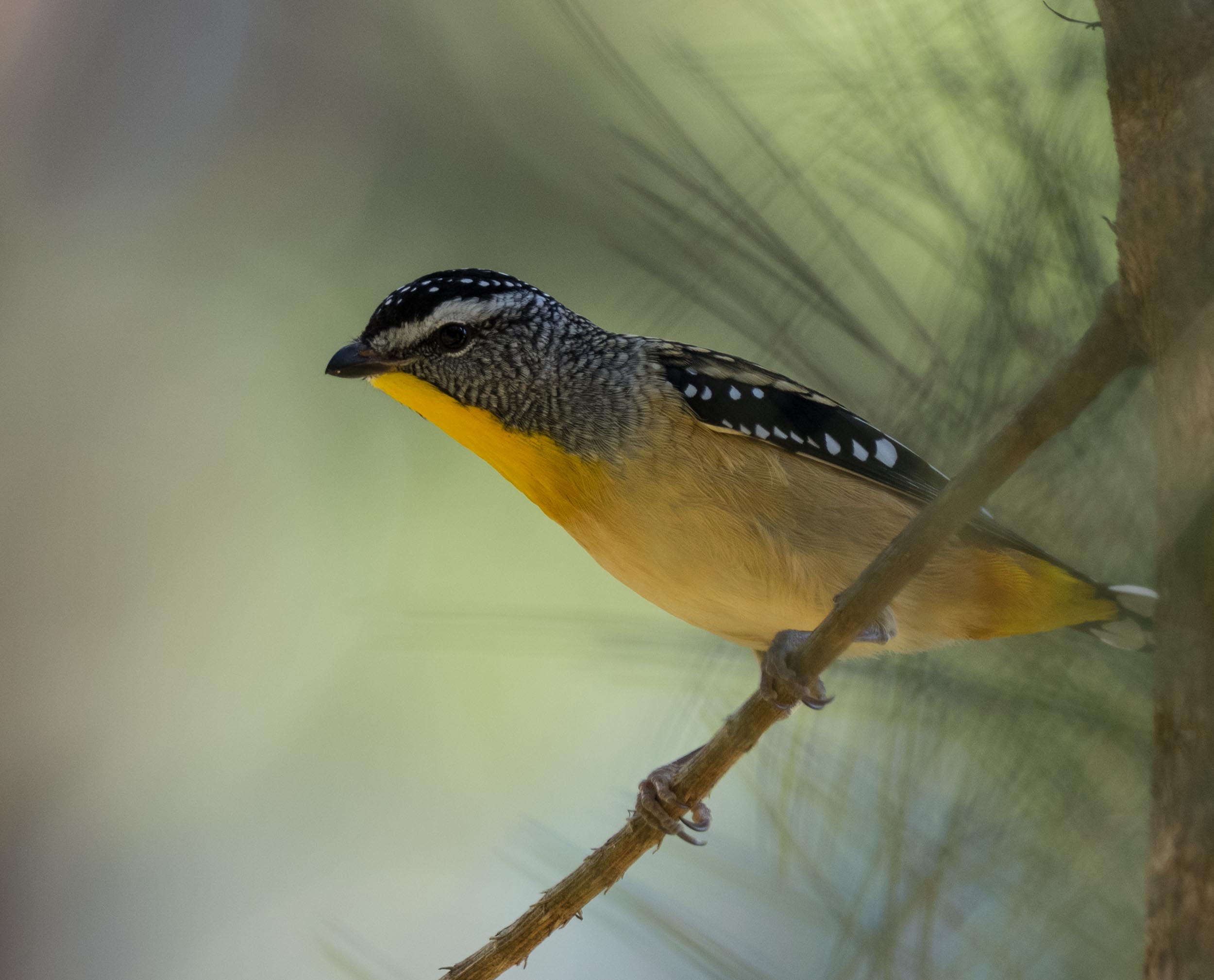
A male bird perched in a bush close to the nest entrance.
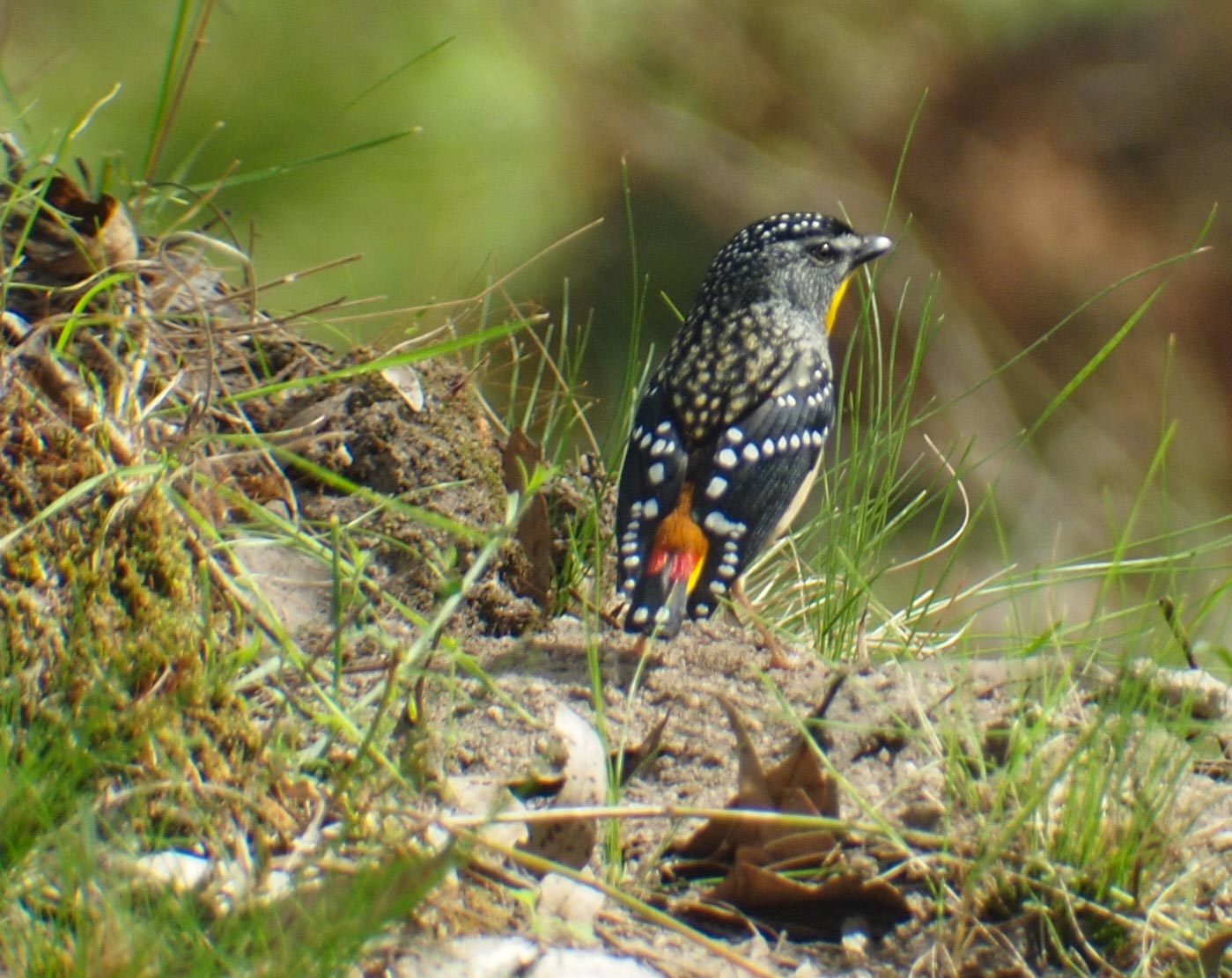
The male bird standing at the nest entrance.


In the early days of owning the block, I had made a small mound of soil close to our future house site - although not with nesting pardalotes in mind! A couple of years ago we were delighted to discover that a pair of pardalotes had selected this mound as the site for their nesting burrow. So we were able to observe and film their nest building activities from our comfortable bird hide.
In this sequence a male pauses at the burrow entrance before ducking inside to do a bit of quick digging. He finally flies off in search of nesting material.
Here again, the male waits at the entrance before entering to excavate the burrow. Note that the second time he enters, he takes a grass stem with him for nesting material. The female flies in soon after. The birds typically enter in full flight like this.
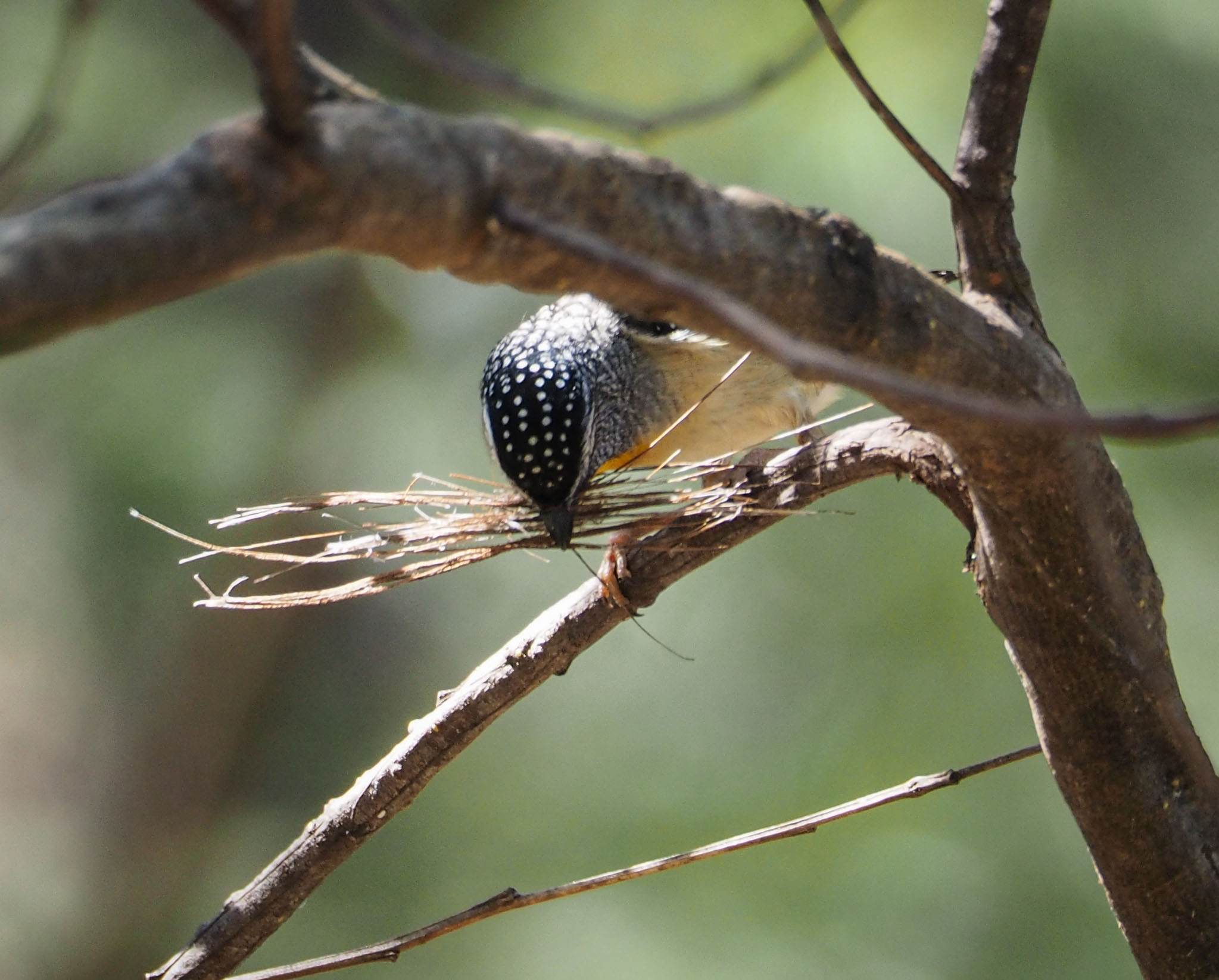
With a beak full of nesting material, this male perches nearby and waits until confident it is safe to fly down to the hidden burrow entrance.
Imaged November
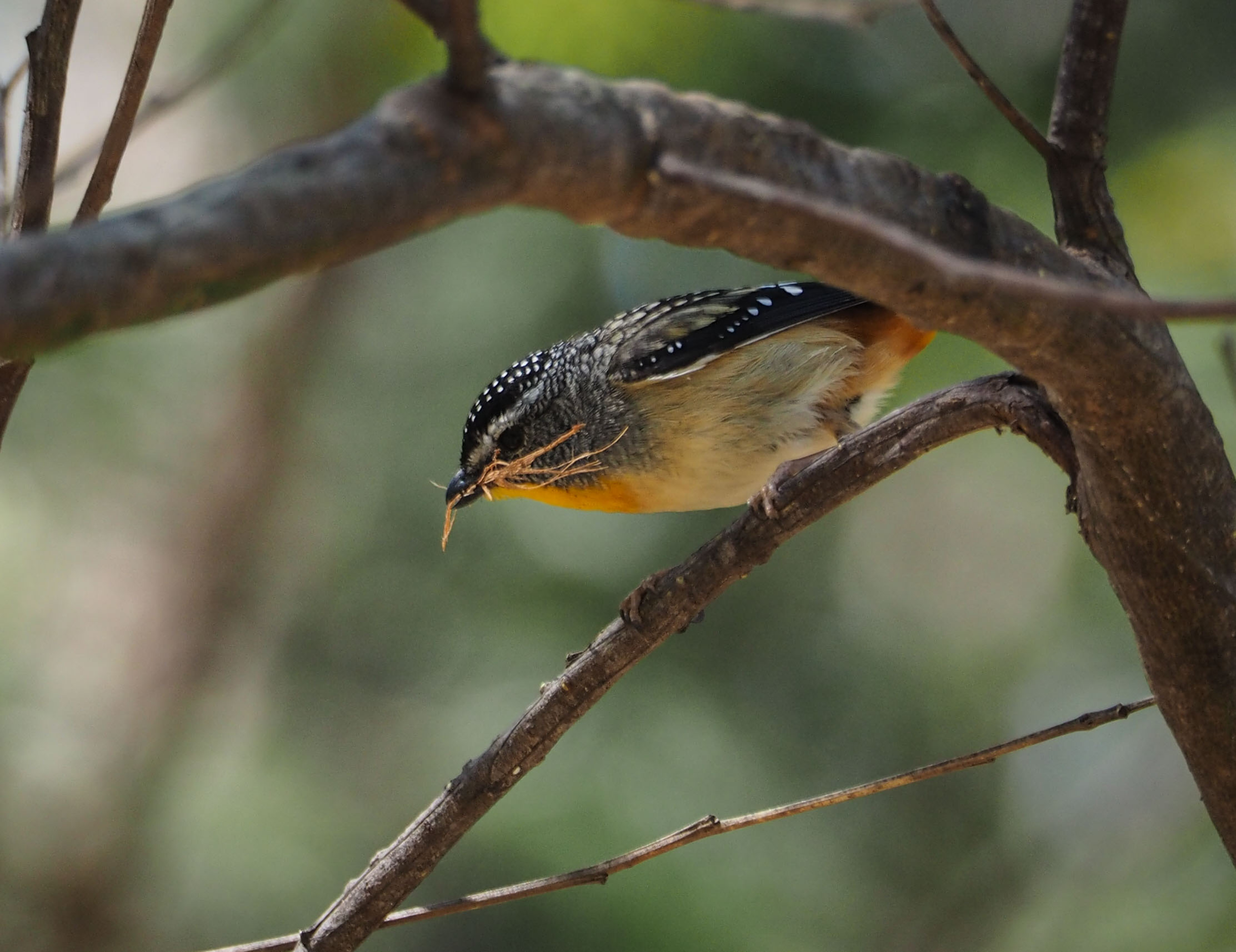
With a beak full of nesting material, this male perches nearby and waits until confident it is safe to fly down to the hidden burrow entrance.
Imaged November


Fairy-wrens are settling in to breed, taking advantage of spiky dead vegetation.
One month since The Fire and our home bird list is growing. Some of our regular forest birds are returning, but there are some unusual visitors too. We’re hoping they don’t all stay!
In the Winter-quiet of the forest, the soft calls and feeding sounds of Glossy Black-Cockatoos can be heard.
Watching a group of Glossy Black-Cockatoos this week led me to think more about how they feed.
There are few plants flowering at the moment, but Banksia spinulosa is looking quite spectacular. Low light, brilliant flowers, and a beautiful bird - an Autumn afternoon treat.
It's a lucky day when we see the Glossies feeding ... but to see them breeding is a rare sight indeed.
Breeding season is a challenging time for birds, even for a species as boisterous and bossy as the Yellow-faced Honeyeater.
White-naped Honeyeaters consume large numbers of spiders, and leaf-curling spiders seem to be a particular favourite.
The baby Sacred Kingfishers are out and about – and seem younger than ever before!
A pair of Red-browed Finches have chosen a nearby Geebung bush as a nest site, giving us a good view of their construction activities.
Grey Fantails made a showy reappearance in the forest this morning,
Small changes in the mix of birds, the gradual return of insects and spiders, and early patches of floral colour.

